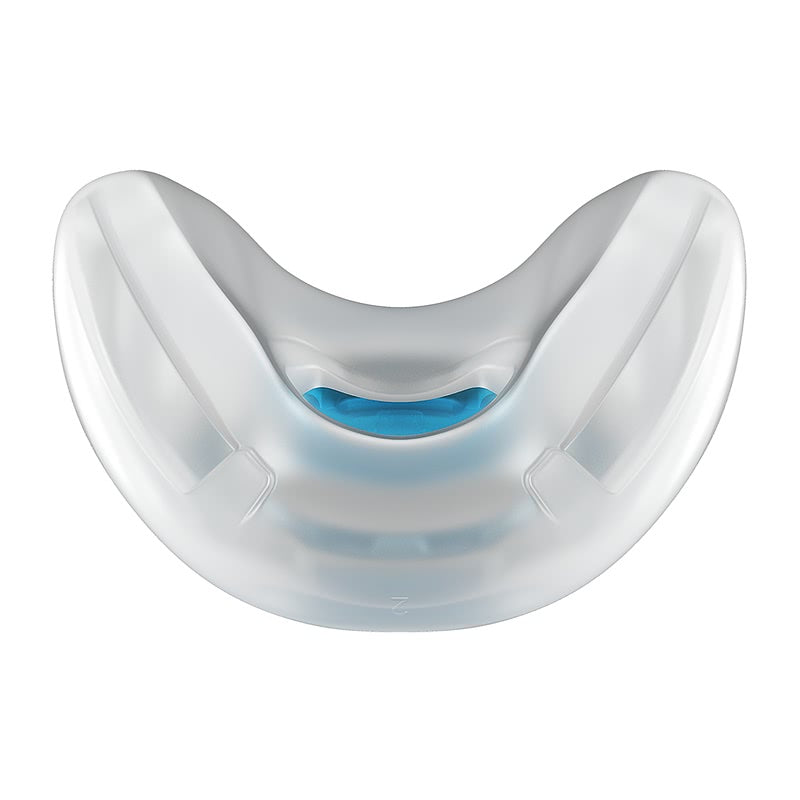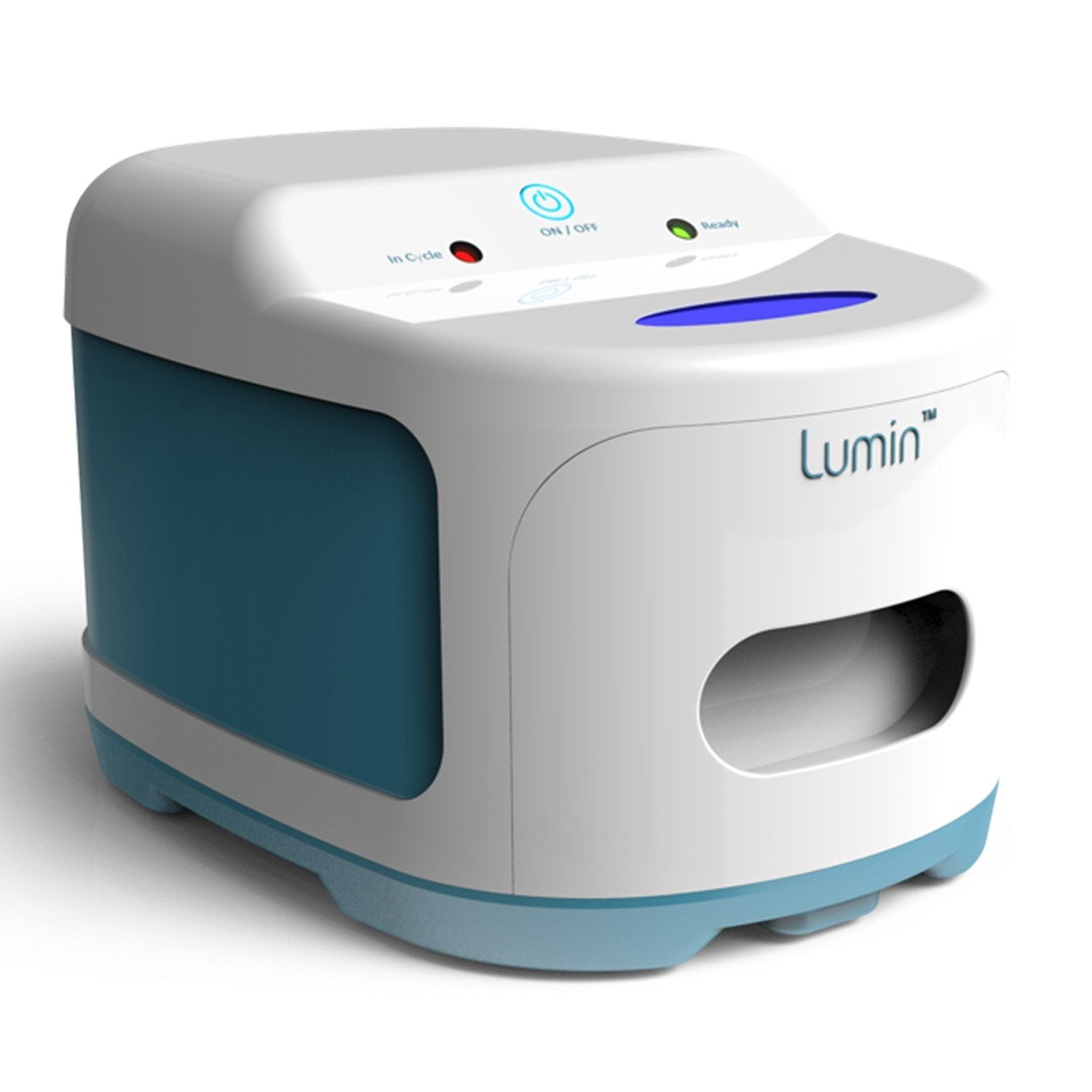
Mastering CPAP Machines: Your Complete Guide
Share
CPAP machines are used to treat sleep apnea, a sleep disorder characterized by pauses in breathing or shallow breaths during sleep. There are different types of sleep apnea, including obstructive sleep apnea (OSA), central sleep apnea (CSA), and complex sleep apnea syndrome (CompSAS). The type of CPAP machine prescribed for you will depend on the type of sleep apnea you have, your comfort level, and your breathing habits. It is essential to consult with your healthcare provider to determine the most suitable CPAP machine for your specific needs.
When using a CPAP machine, choosing the right type of mask is crucial for comfort and effectiveness. There are different options
The treatment of sleep apnea often involves the use of a CPAP (continuous positive airway pressure) machine. This device delivers pressurized air through tubing into a mask worn during sleep. By keeping the airways open, the CPAP machine helps prevent pauses in breathing that characterize sleep apnea. Additionally, APAP and BiPAP machines are also used as treatment options for sleep apnea, each offering unique features to cater to individual needs.
CPAP supplies are essential components of a CPAP machine that need to be replaced regularly to ensure effective therapy. These supplies include the mask, tubing, filters, and water chamber. It is recommended to download a CPAP supplies tip sheet for a helpful list of all the replacement parts and timing guidelines. Checking with your insurance provider for coverage of these supplies is also important as different insurers have different schedules for replacements.
Using a CPAP (continuous positive airway pressure) machine is an effective treatment for sleep apnea, ensuring that your airways remain open during sleep, allowing for proper oxygen intake. By improving sleep quality, CPAP machines can help reduce the risk of heart disease and stroke. This treatment method is vital in managing sleep-related breathing disorders and promoting overall heart health.
The world’s smallest CPAP machine offers convenient on-the-go therapy for individuals with sleep apnea. Despite its compact size, this innovative device provides effective treatment to ensure a restful night’s sleep. The world’s smallest CPAP machine is designed to be portable and easy to use, making it ideal for travel or everyday use.
The CPAP machine, also known as the continuous positive airflow pressure machine, is a sleep apnea therapy device that helps individuals breathe more easily during sleep. It automatically adjusts the air pressure to compensate for changes in your sleep position or medications that may have changed your breathing. This ensures that you receive the necessary airflow pressure The CPAP machine, with its auto-adjusting pressure capabilities and integrated heated humidifier, stands out as a crucial tool in sleep apnea treatment. Its wireless connectivity, advanced event detection, and patient support features contribute to a comfortable and effective sleep therapy experience.
By ensuring open airways and proper oxygen intake during sleep, CPAP machines play a significant role in improving sleep quality. This not only reduces the risk of heart disease and stroke but also helps in managing sleep-related
The CPAP machine is a critical tool for individuals with sleep apnea, providing continuous positive airway pressure to keep their airways open during sleep. However, it is important to consider personal data privacy when using such devices. Users should be aware of their rights regarding the handling of personal data, including opting out of targeted advertising related processing. By understanding and exercising these rights, users can protect their personal information while benefiting from the therapeutic effects of the CPAP machine.
The headgear of a CPAP mask is crucial for maintaining the mask securely in place while you sleep. It is adjustable and designed for comfort, ensuring that the mask stays on throughout the night without causing discomfort or disruptions to your sleep. The mask headgear is an essential component of the CPAP device that works in conjunction with the mask and tubing to provide continuous positive airway pressure therapy effectively. available such as full face masks, nasal pillow masks, and nasal masks. A full face mask covers both the nose and mouth, making it suitable for those who breathe through their mouth during sleep. Nasal pillow masks have a small cushion that fits over the nostril area, providing a comfortable fit for those with facial hair or who wear glasses. It's important to find a mask that fits well and ensures proper airflow to receive the full benefits of using a CPAP machine.
Using a CPAP machine can greatly benefit individuals with sleep apnea by delivering a continuous supply of oxygen during sleep, preventing breathing interruptions. Over time, the advantages of CPAP use become more pronounced. To ensure optimal use of the CPAP machine, it's important to turn it on properly, adjust the settings like the ramp feature, use the straps securely, and practice relaxation exercises to reduce anxiety associated with CPAP use. Additionally, using warm humidified air can help alleviate any discomfort or burning sensation in the lungs that may occur due to inhaling cold, dry air while using the CPAP machine.
If you or a loved one has been diagnosed with sleep apnea, chances are you’ve heard about CPAP machines. CPAP, or continuous
Continuous positive airway pressure (CPAP) machines are commonly used to treat obstructive sleep apnea, a sleep disorder characterized by breathing interruptions due to throat or airway obstructions. These machines work by delivering a constant flow of air through a mask worn during sleep, keeping the airways open and allowing for uninterrupted breathing. CPAP therapy is effective in reducing the symptoms of obstructive sleep apnea and improving sleep quality. Weight control is also crucial in managing sleep apnea as obesity is a common risk factor for the condition. By losing weight and using CPAP machines, individuals can significantly improve their sleep apnea symptoms and overall health. positive airway pressure, machines are commonly used to treat sleep apnea and other breathing disorders. While the thought of using a CPAP machine may seem daunting at first, mastering the use of this device can greatly improve your quality of sleep and overall health.
Understanding How CPAP Machines Work
The CPAP mask is a crucial component of the CPAP machine that helps individuals with sleep apnea breathe more easily during the night. It comes in different types such as nasal masks, nasal pillow masks, and full face masks, catering to individual comfort levels and breathing habits. If you experience issues with your CPAP mask, such as leaks or discomfort, adjustments can often be made to improve its fit and effectiveness. It's essential to find the right CPAP mask that suits your needs to ensure a restful night's sleep.
The CPAP mask is an essential component of the CPAP machine that helps individuals with sleep apnea breathe more easily during sleep. There are different types of masks available, such as nasal masks and full face masks, to suit individual comfort levels and breathing habits. If you experience issues like a leaky mask or discomfort, adjustments can be made to enhance your overall experience with the CPAP therapy. It's important to find the right mask that fits well and allows for a comfortable night's sleep while using a CPAP machine.
CPAP machines work by delivering a constant flow of air through a mask that is worn over the nose and/or mouth during sleep. This continuous flow of air helps to keep the airway open, preventing episodes of apnea and allowing for uninterrupted breathing throughout the night.
Choosing the Right CPAP Machine
There are several different types of CPAP machines available, so it’s important to work with a healthcare provider to determine which machine is best suited for your needs. Factors to consider when choosing a CPAP machine include the severity of your sleep apnea, your breathing patterns, and any additional features that may enhance your comfort and compliance with treatment.
Mastering the Art of Using a CPAP Machine
Once you’ve selected the right CPAP machine, it’s important to become familiar with its operation and maintenance. Proper usage of a CPAP machine involves wearing the mask securely and comfortably, ensuring a proper fit to prevent air leaks, and regularly cleaning and replacing components as directed by the manufacturer.
Adjusting to Using a CPAP Machine
Adapting to using a CPAP machine may take some time and patience. It’s common for individuals to experience initial discomfort or difficulty adjusting to wearing the mask while sleeping. However, with persistence and support from healthcare professionals, most individuals are able to successfully adapt to using a CPAP machine and experience significant improvements in their sleep quality and overall well-being.
Monitoring Progress and Seeking Support
Regular follow-up appointments with your healthcare provider are essential for monitoring your progress with CPAP therapy. Your provider can help address any concerns or challenges you may encounter and make adjustments to your treatment plan as needed. Additionally, joining support groups or online communities for individuals using CPAP machines can provide valuable encouragement and tips for success.
In conclusion, mastering the use of a CPAP machine is an important step towards effectively managing sleep apnea and improving your quality of life. By working closely with healthcare professionals, choosing the right machine, becoming familiar with its operation, and seeking ongoing support, you can successfully integrate CPAP therapy into your daily routine and experience the many benefits it has to offer.




